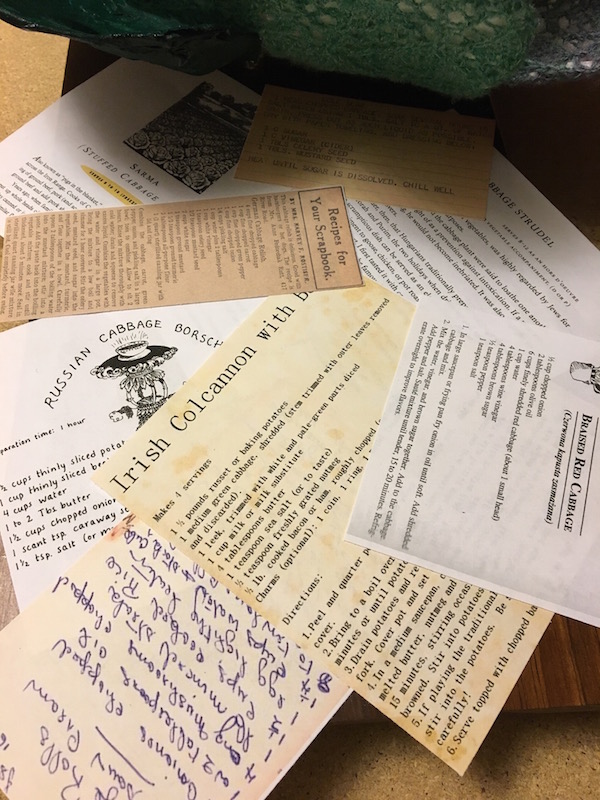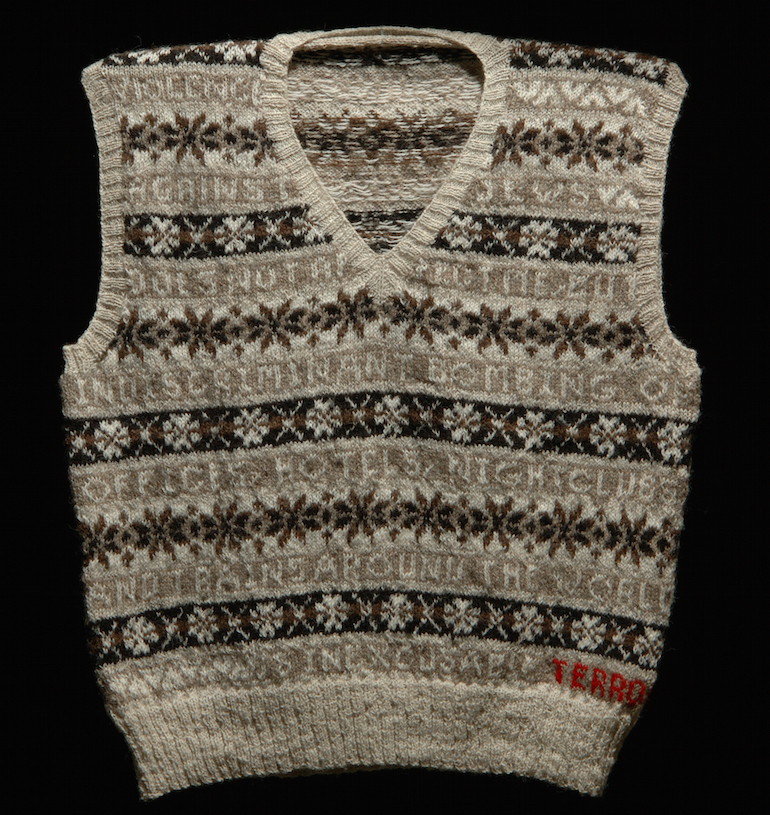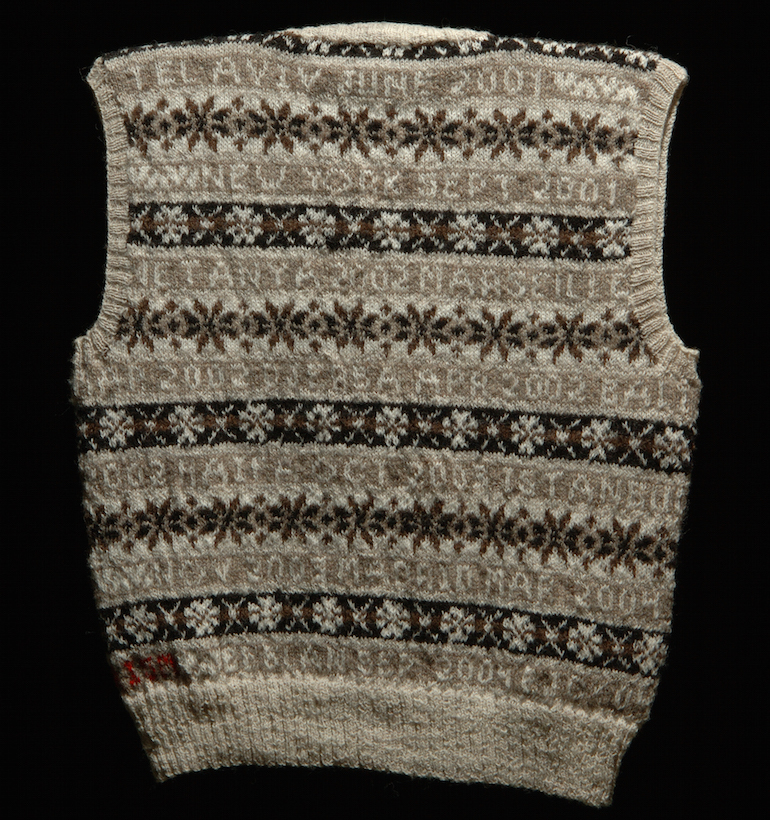
Cabbages, immigrants, and terrorism
Recent events in the news sharpened the meaning of the sculpture taking shape on my workbench. The sculpture began as an exploration of commonalities among the people through food. I was specifically interested in the Minnesota Iron Range where my great-grandparents settled their family upon arriving in America. But, the sculpture took on new meaning after the murder of Jews at the Tree of Life Synagogue in Pittsburgh. The Pittsburgh shooter’s rage about an invasion of migrants at the United States border was poisoned by conspiracy theories about Jews.
While using art to celebrate a common peasant food, common to many ethnic groups, I was also highlighting commonalities among immigrant experiences. Leaving the country of one’s birth because of violence, political oppression, or economic deprivation entails enormous effort. It means embarking on risky travel, often with children, and involves great uncertainty as to how one will be received in the U.S.
The similarity between the anti-immigration rhetoric being leveled at the Central Americans who seek to enter the U.S. today and the rhetoric leveled against the Jews of Eastern European in the 1900’s and 10s, and of Western Europe in the 1930’s and 40’s is striking. They’ll bring disease. They are poor and uneducated. They will be a burden on society. None of this proved true before; it shouldn’t be believed today.
Everyone cooks cabbage

My great-grandparents and their six (eventually eight) children made their home in the 1910’s in a booming Minnesota mining town populated by people from thirty countries. Here is a photo of the synagogue in Virginia, MN, that hired my great-grandfather as its first cantor.
My great-grandparents’ neighbors came from Finland, Austria-Hungary, Italy, Sweden, Norway, Canada, England. And, more likely than not, they all ate cabbage. This common vegetable is ubiquitous in world cuisine. I am sure many kitchens on the Iron Range were redolent of sweet-and-sour cabbage rolls, sauerkraut, colcannon, or cabbage borscht. The printed recipes spread out at the base of this sculpture are but a sample.

Recognizing Scapegoats


©2004 Eve Jacobs-Carnahan, Respectable Clothing, handspun wool yarns, 24 x 21 x 1 inches. Photos by paulrogersphotography.com.
Blaming Jews for society’s problems is an old story, as this Washington Post perspective on the Pittsburgh shooting and HIAS explains. The rhetoric reminded me of another national tragedy when I felt the sting of anti-Semitism. It was on September 11, 2001, as I listened to commentators and radio show callers express their reactions to the terrorist attack on the World Trade Center. I was stunned to hear people blaming the attack on the U.S. policy of giving aid to Israel.
I made the piece Respectable Clothing in reaction to those comments. The outrage and sadness Americans felt after 9/11 was new. Unfortunately, to Jews around the world at that time, it was familiar. There had been many terrorist attacks before 9/11, but it wasn’t until it hit NYC, that Americans felt they needed to do something. Read more about this piece here.
<
| It has been comforting that so many people have come forward in our Vermont community and around the country to support the Jewish community in recent weeks. The words of sympathy are indeed warming. It is a healing antidote to the harmful use of words. The tendency to cast aspersions and paint with a broad brush obscures the complexity of societal problems. Whether it’s blaming a mythical “Jewish controlled media” or holding Jews to a higher standard than others in international relations, we must recognize over-simplifications and how they interfere with real understanding. |